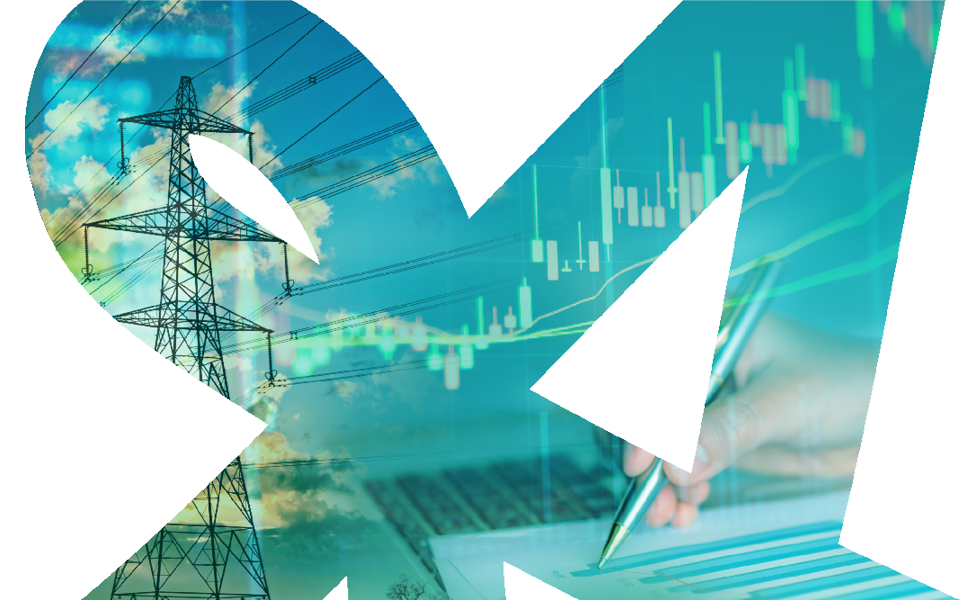In the recent Power Responsive report, the National Grid Electricity System Operator (ESO) suggests that policy changes are ‘causing an uncertain outlook for demand side flexibility’.
Providers of demand side flexibility (DSF) are facing an uncertain short-term future due to various policy changes according to the Electricity System Operator.
In this year’s annual Power Responsive report, the ESO suggests that the Medium Combustion Plant Directive (MCPD) is a deterrent to some market participants.
The environmental regulation aims to reduce various emissions but can prevent some technology such as thermal back-up generators from participating in DSR.
Another affecting policy is the reform of charging arrangements which could cause issues for distributed generators which rely on embedded benefits and customers who actively respond to triad signals.
The suspension of the UK Capacity Market by the European Court of Justice has also added to the current uncertainty within the sector according to the report.
DSF encompasses demand side response and small scale-generation & storage and participation has been encouraged by the stakeholder-led programme, Power Responsive, which has been put in place by the ESO.
As a result of the programme, the sector has shown steady growth since 2017, accepting 5 new units per month, on average between April-17 to December-17. A 100% increase was then recorded in 2018, with an average of 10 new units per month.
Despite this, the sector still faces a number of challenges such as:
- A lack of awareness and detailed understanding of the industry
- A need for improved data gathering and market information
- A lack of time and resources for non-energy organisations to help them progress projects
- Securing investment and managing multiple revenue streams
- The complexity of industry code, services and supplier contracts
To help tackle these challenges the ESO has implemented three balancing services to encourage participation, which are:
Short Term Operating Reserve (STOR)
STOR provides additional active power from generation sources by reducing demand and is procured via a tender process, with three rounds every year. STOR saw the highest DSF participation of all the balancing services with 3,314MW of capacity
Firm Frequency Response (FFR)
FFR procurement involves monthly tenders from DSF providers and showed significant growth in 2018, compared to 2017 - with 2,341MW of capacity, compared to 773MW in the previous year.
Demand Turn-up (DTU)
Developed in 2016, DTU was put in place to encourage large energy users and generators to increase or reduce demand at times of high renewable availability or low national demand. However, participation decreased in 2018, compared to 2017, falling from 128.6MW to 114.7MW.
To keep up to date with Demand side flexibility or other developments within the energy industry follow us on Twitter or Facebook.



